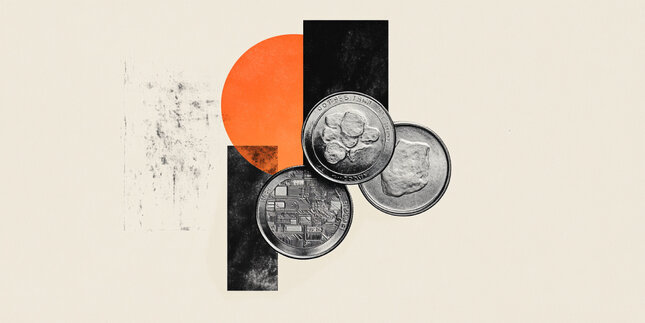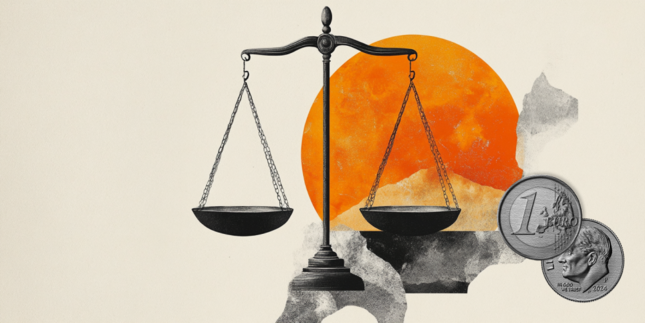-
Opps!
This language contents are not available!

NZD/USD remains subdued near 0.5700, awaits possible news on US tariffs against China
- NZD/USD depreciates as traders adopt caution as the February consumer confidence report looms.
- China’s Vice Commerce Minister has met with US business leaders to discuss tariffs.
- The Trump administration plans to tighten chip export controls on China.
NZD/USD continues its losing streak for the fourth successive session, trading around 0.5720 during the Asian hours on Wednesday. Traders remain cautious ahead of New Zealand’s February consumer confidence report due Friday, while the official PMI reading from key trading partner China is expected over the weekend.
Market focus stays on the interest rate outlook following the Reserve Bank of New Zealand’s (RBNZ) recent rate cut. Strong retail sales data reinforced expectations of a slower pace of rate cuts, supporting the RBNZ’s view that future reductions would likely be smaller and the easing cycle was nearing its end.
Attention also turns to potential updates from China’s Ministry of Commerce on talks between China’s Vice Commerce Minister and US business leaders regarding tariffs. A Bloomberg report on Tuesday revealed that the Trump administration plans to tighten chip export controls on China — a key trading partner for New Zealand. The US is reportedly considering stricter restrictions on Nvidia chip exports and additional limitations on Chinese firms like SMIC and CXMT.
The NZD/USD pair struggles amid rising risk sentiment after US President Donald Trump stated late Monday that broad US tariffs on imports from Canada and Mexico “will go forward” after the current month-long delay ends next week. Trump claimed the US had “been taken advantage of” by foreign countries and reaffirmed his intent to impose so-called reciprocal tariffs.
Investor sentiment toward New Zealand remains under pressure, given the economy’s reliance on resource exports and its sensitivity to global trade war risks.
Tariffs FAQs
Tariffs are customs duties levied on certain merchandise imports or a category of products. Tariffs are designed to help local producers and manufacturers be more competitive in the market by providing a price advantage over similar goods that can be imported. Tariffs are widely used as tools of protectionism, along with trade barriers and import quotas.
Although tariffs and taxes both generate government revenue to fund public goods and services, they have several distinctions. Tariffs are prepaid at the port of entry, while taxes are paid at the time of purchase. Taxes are imposed on individual taxpayers and businesses, while tariffs are paid by importers.
There are two schools of thought among economists regarding the usage of tariffs. While some argue that tariffs are necessary to protect domestic industries and address trade imbalances, others see them as a harmful tool that could potentially drive prices higher over the long term and lead to a damaging trade war by encouraging tit-for-tat tariffs.
During the run-up to the presidential election in November 2024, Donald Trump made it clear that he intends to use tariffs to support the US economy and American producers. In 2024, Mexico, China and Canada accounted for 42% of total US imports. In this period, Mexico stood out as the top exporter with $466.6 billion, according to the US Census Bureau. Hence, Trump wants to focus on these three nations when imposing tariffs. He also plans to use the revenue generated through tariffs to lower personal income taxes.
Forex News
Keep up with the financial markets, know what's happening and what is affecting the markets with our latest market updates. Analyze market movers, trends and build your trading strategies accordingly.
























